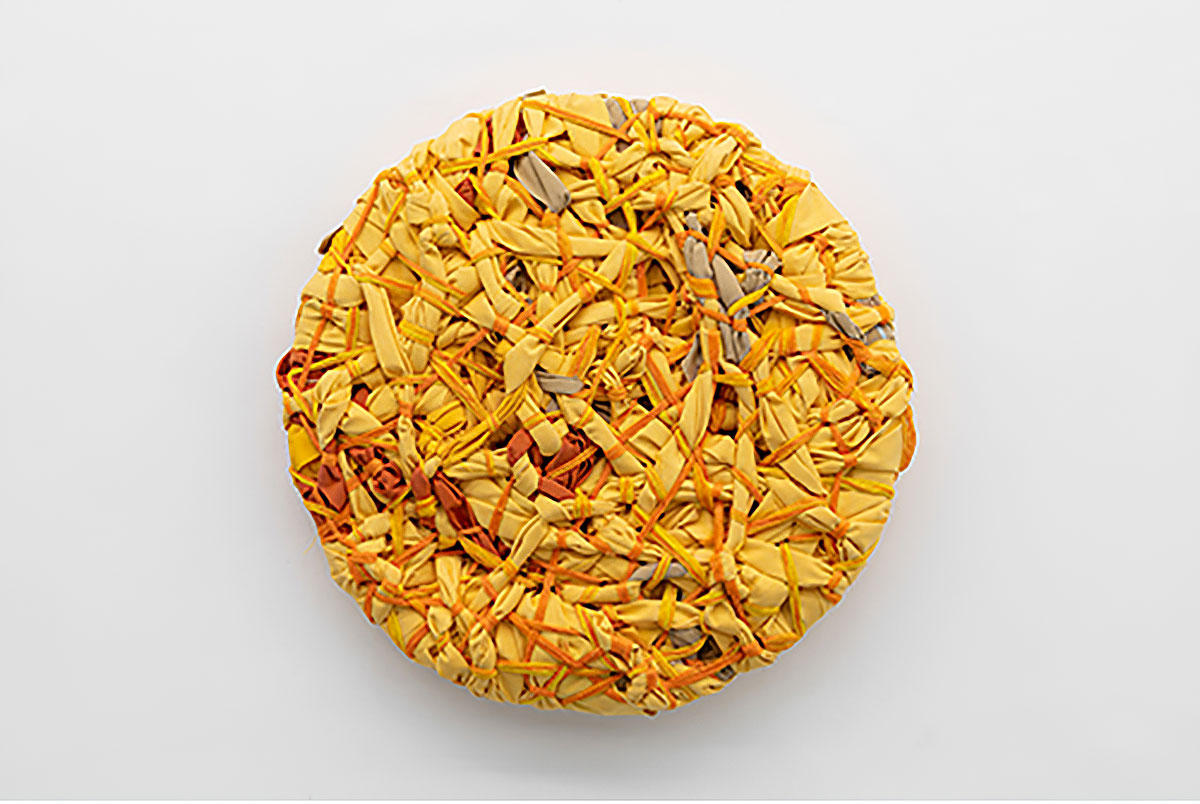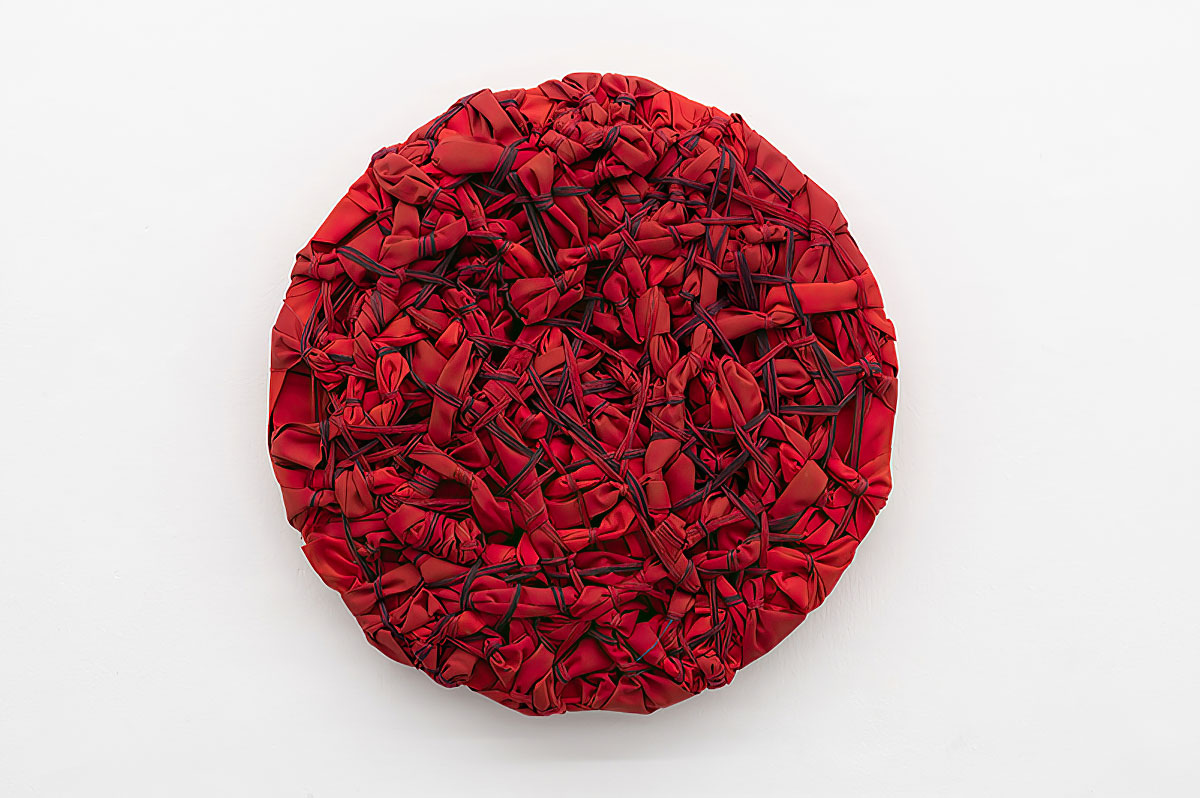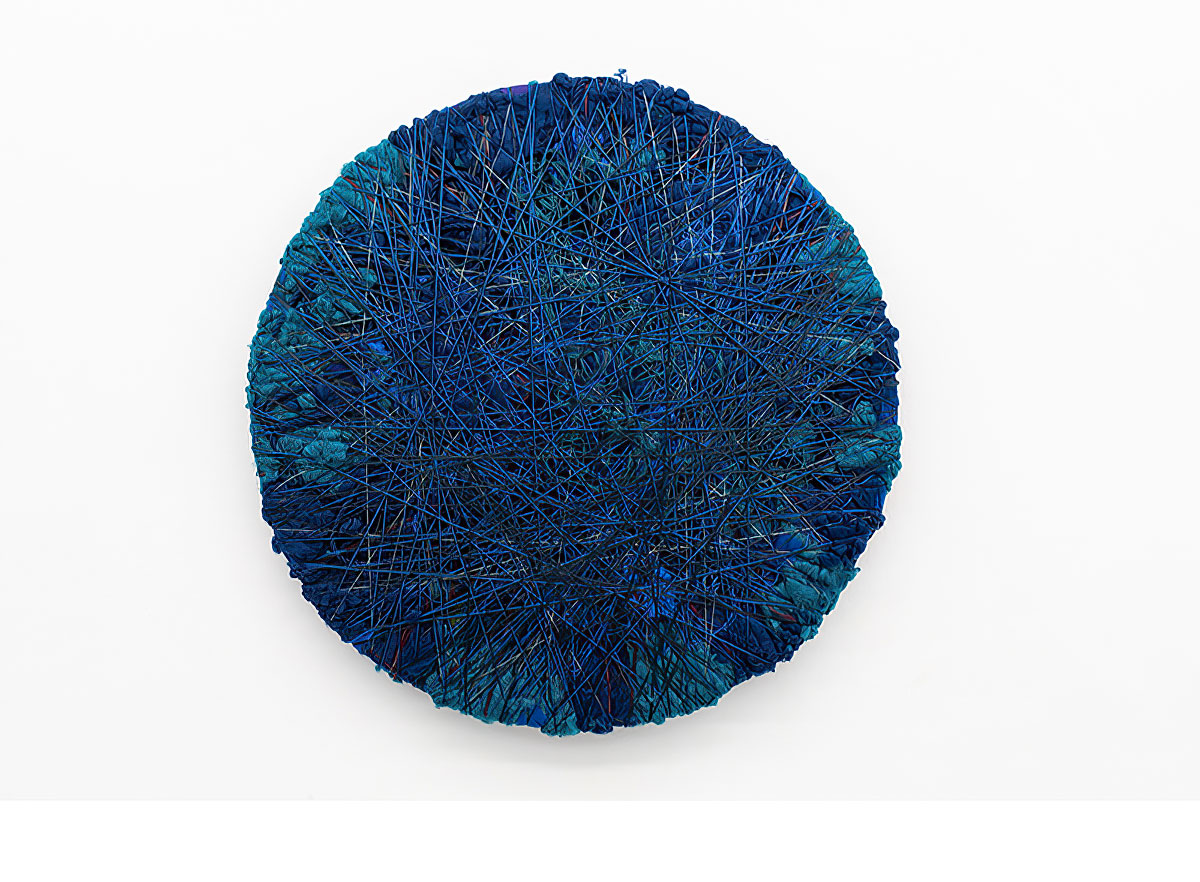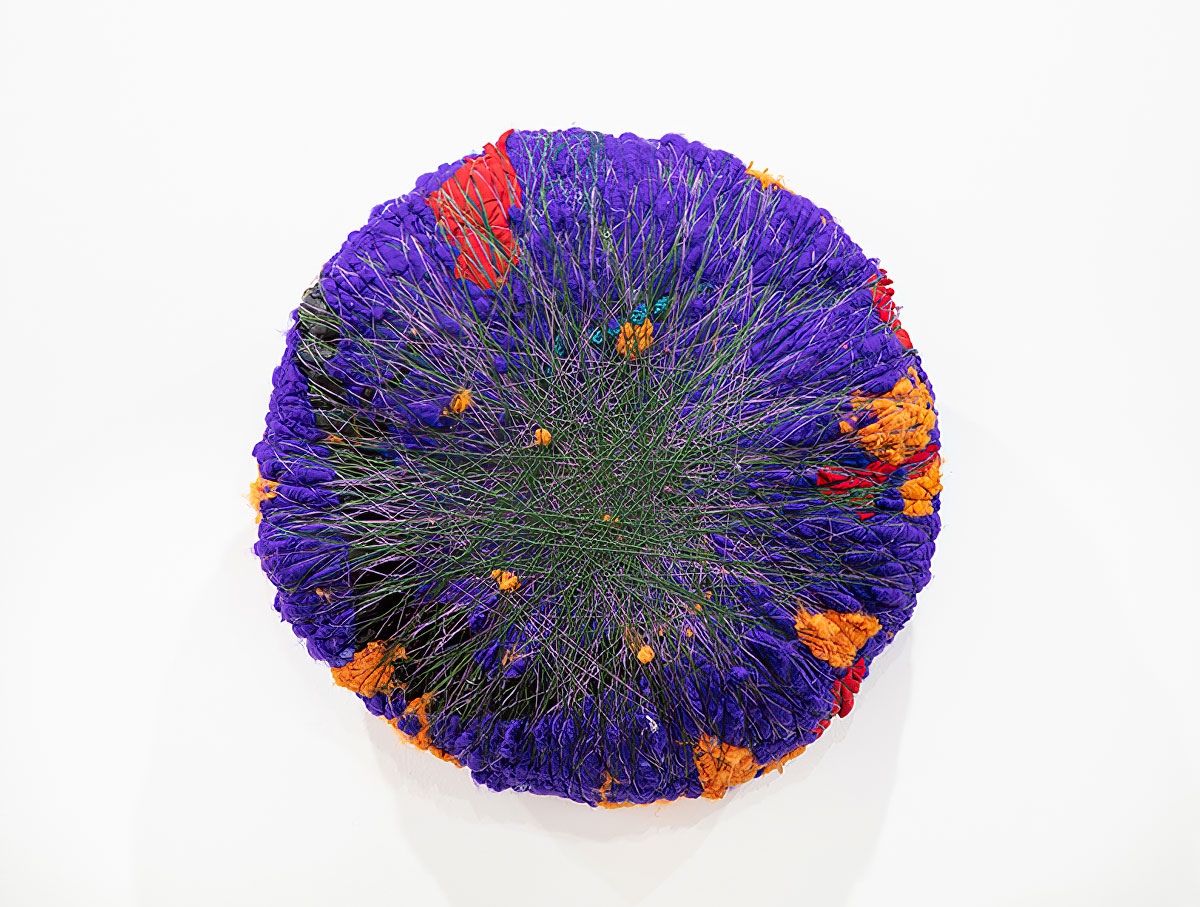ART CITIES:Milan-Sheila Hicks
 Inspired by the concepts of the Wiener Werkstätte and the Bauhaus, Sheila Hicks transcends media, national, and gender boundaries – emphasizing the vast sociopolitical connotations of textiles. Her immensely rich knowledge of indigenous weaving practices—gleaned from working in North and Latin America, Europe, Africa, the Middle East, India, and Asia, is integral to her multi-faceted work.
Inspired by the concepts of the Wiener Werkstätte and the Bauhaus, Sheila Hicks transcends media, national, and gender boundaries – emphasizing the vast sociopolitical connotations of textiles. Her immensely rich knowledge of indigenous weaving practices—gleaned from working in North and Latin America, Europe, Africa, the Middle East, India, and Asia, is integral to her multi-faceted work.
By Efi Michalarou
Photo: Francesca Minini Gallery Archive
Since the 1950s, Sheila Hicks has brought a spirit of continuous discovery to working with fiber, which she calls “supple materials.” She has made everything from “minims” (small woven sketches) to massive outdoor installations, now she presents her solo exhibition “Cosmic Arrivals” at Francesca Minini Gallery in Milan. If Sheila Hicks chose textiles, it is because from clothes to furniture, interior decoration and on to the canvas that undergirds the high art of painting, these are materials that life constantly puts in our way, in a vast variety of contexts. It also allows works to remain alive, taking different forms each time they are shown. Ductile and tactile, Hicks’s work occupies a singular place in the art of our time. It combines forms typical of modernism with non-Western traditions, the play of color, and a concern to maintain the vital openness of the work. Sheila Hicks was born in the small town of Hastings, Nebada, in 1934,. Though her family moved around a lot during the Depression, Sheila Hicks and her brother returned each summer to Hastings, where their great-aunts instructed them in music, art and reading, as well as pioneer skills like spinning, sewing and weaving. She majored in art at Syracuse University, then transferred to the Yale School of Art where she studied with Josef Albersand with George Kubler, the influential historian of Latin American art. A picture of Peruvian mummy bundles, shown in Dr. Kubler’s class, sparked her interest in textiles, which was further galvanized when Albers took her home to meet his wife, Anni, the celebrated Bauhaus weaver. Hicks went to Chile on a Fulbright grant and traveled around Latin America, absorbing the influence of weavers in Ecuador, Bolivia and Peru. She received an M.F.A. from Yale, then returned to Mexico, where she photographed architecture and exhibited her “minims”. Some of her weavings entered the collection of the Museum of Modern Art. She also married a Mexican-German beekeeper, moved to his ranch and gave birth to a daughter, Itaka. Having lived briefly in Paris in 1959, and finding that her life and marriage in rural Mexico conflicted with her artistic aspirations, she returned here with her daughter in 1964, supporting herself as a textile design consultant for Knoll Associates and through work for a German carpet manufacturer. Her second husband, a Chilean artist introduced her to surrealist and Latin American circles in Paris, and through a curator at the MoMA she received her first big public commission, for a wall hanging at the restaurant of Eero Saarinen’s new CBS building in New York. A defining moment in her career came with her invitation to exhibit at the Biennial of Tapestry in Lausanne in 1967. In postwar Paris tapestry was promoted as a glory of French culture, but by the late ’60s the French organizers of this event were looking to shake things up. The monumental public commissions that have occupied her, intermittently, since the mid-’60s have often required complex studio setups and a phalanx of assistants: from her bas-relief medallion tapestries for the Ford Foundation headquarters in Manhattan (1966-67); to her wall hangings for a fleet of Air France 747s, stitched by hand in white silk (1969-77); to commissions for King Saud University in Riyadh, Saudi Arabia, (1982-85) and a cultural center in Fuji City, Japan (1992-93); to an immense linen-and-cork knot, some 20 feet high by 60 feet wide, for the corporate offices of Target in Minneapolis (2002-3). At the same time her temporary, poetic installations of found fabrics, a cascading mountain of some five tons of clean Swiss hospital laundry, for example, which was her contribution to the Lausanne Biennial in 1977, or the floating curtains of baby bands (used to bind a newborn’s umbilical wound), which she showed in a gallery in Kyoto in 1978, explore the pervasive presence of cloth in every facet of human existence, from birth until death.
Info: Francesca Minini Gallery , Via Massimiano, 25, Milan, Italy, Duration: 19/5-17/7/2021, Days & Hours: Tue-Sat 11:00-19:00, www.francescaminini.it




